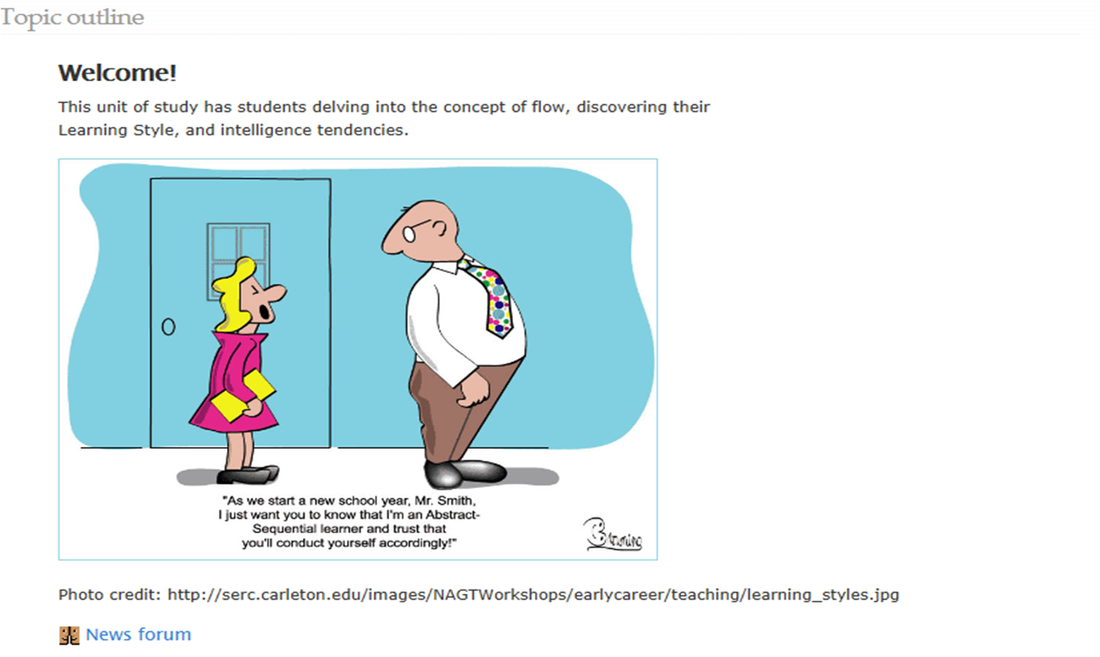Asynchronous and synchronous learning are both being used in the online learning environment. As both a student and a teacher of online learning I have seen that although both have many advantages, there are still a few drawbacks. A big advantage that I appreciate of asynchronous work is that you can complete the work on your own time within a given timeframe. Take this blog post for example, I am writing it while my daughter is
sleeping because this time of day is when I can get the most accomplished. Someone else writing the same blog post may choose to complete it on their lunch break at work because that is when they found the time that works for them. Synchronous work is great for connecting students and making them feel like they are part of the bigger group because they are able to converse in real time with each other.
As great as both are, there are still some drawbacks. As a mother of a newborn and a toddler, synchronous work is very hard for me, especially when the time that seems to work for everyone else is basically the worst timing for myself so I am forced to make arrangements so that my entire focus can be on the class or task at hand. As a teacher I have seen a few of my students stumble with the asynchronous aspect of schooling as they are not having to converse with me daily to have me tell them what to do, it is easy for them to fall behind a little bit and I have to make it a point to check in with my students and the parents twice a week to keep
them caught up with their work. Of course this is all my own opinions and what I personally see as drawbacks and benefits of the two versions of online learning and I am sure as I learn more about it and about more delivery tools (LMS and non-LMS) that my thoughts and opinions will take more shape and may even change.
It is all about how we view the situation we are in with what is going on with us personally and that is what makes online learning great at times and a struggle at times.
sleeping because this time of day is when I can get the most accomplished. Someone else writing the same blog post may choose to complete it on their lunch break at work because that is when they found the time that works for them. Synchronous work is great for connecting students and making them feel like they are part of the bigger group because they are able to converse in real time with each other.
As great as both are, there are still some drawbacks. As a mother of a newborn and a toddler, synchronous work is very hard for me, especially when the time that seems to work for everyone else is basically the worst timing for myself so I am forced to make arrangements so that my entire focus can be on the class or task at hand. As a teacher I have seen a few of my students stumble with the asynchronous aspect of schooling as they are not having to converse with me daily to have me tell them what to do, it is easy for them to fall behind a little bit and I have to make it a point to check in with my students and the parents twice a week to keep
them caught up with their work. Of course this is all my own opinions and what I personally see as drawbacks and benefits of the two versions of online learning and I am sure as I learn more about it and about more delivery tools (LMS and non-LMS) that my thoughts and opinions will take more shape and may even change.
It is all about how we view the situation we are in with what is going on with us personally and that is what makes online learning great at times and a struggle at times.

 RSS Feed
RSS Feed